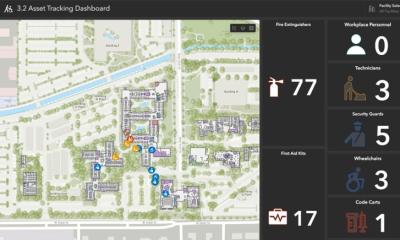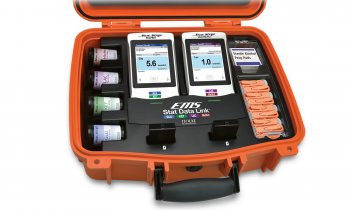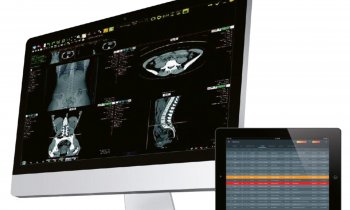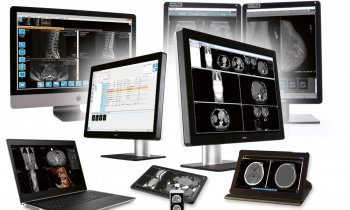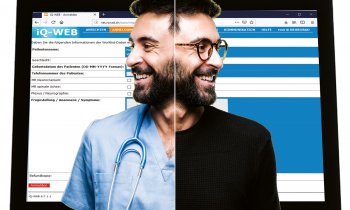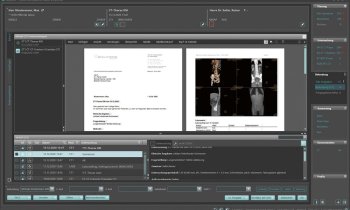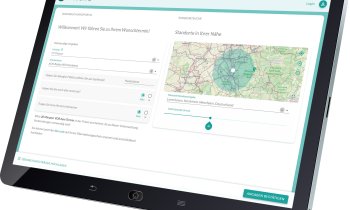The impact of PACS
Radiologists diversify into new fields
Sweden - PACS is pushing radiologists towards increasing specialisation, according to a new study - among the first to examine the impact of PACS on radiologists' careers - published in the Journal of Digital Imaging (27/12/2006).

Sweden - PACS is pushing radiologists towards increasing specialisation, according to a new study - among the first to examine the impact of PACS on radiologists’ careers – published in the Journal of Digital Imaging (27/12/2006). Dr Kent Fridell, of the clinical science, intervention and technology department at the Karolinska Institute, said the study is ‘…unique in both timing and scope’ and, he added: ‘The consequences to radiologists of introducing distributed radiology have shown that when analogue films are replaced with digital images viewed on a computer, radiologists’ diagnostic practice also changes.’
In the study, work practice is defined as professional role, diagnostic practice, and technology in use. Dr Fridell found that, following the introduction of a PACS, radiologists tend to shift from a position of individual professional expertise to that of an actor in a network. ‘As the flow of images takes new routes, new relationships are created between actors in the network,’ he said. Prior to the advent of PACS, clinicians would meet with the experts – the radiologists - in clinical meetings, for example. But PACS has given clinicians access to images and, with this, their ability to read them improves, which in turn tends to turn the radiologist into a consultant.
Additionally, since digital imaging developed, reading X-rays has become more technical. ‘Suddenly, radiologists’ training shifts to greater exposure to technology courses rather than interpretive diagnostic techniques,’ said Dr Fridell.
Initially, the increase in the technology focus can cause insecurity, as radiologists worry that their reading skills will become lower. However, the technology also provides superior ability to illustrate anatomic details using new digital techniques such as 3-D reconstruction, opening the door to specialisation.
For example, to help the neurosurgeon, the vestibulocochlear nerve could be imaged in full length by the radiologist. ‘In this way, the radiologist has become a new and important advisor in discussions with the neurosurgeon,’ Dr Fridell pointed out. This change in working practice makes radiology more specialised and creates new subspecialty opportunities, he added.
08.03.2007





